I am by nature a solo kayaker and seize the chance to go paddling when time and weather allow. While I’d enjoy the company and help of a paddling buddy, lining one up doesn’t seem to work with my spur-of-the-moment planning and will-of-the-wisp exploring.As a 69-year-old lake lover with spinal alignment issues, I’d been able just to manage loading my 12′, 42-lb rotomolded kayak on my 2004 Subaru Impreza by myself. I’d prop the bow on a folding sawhorse, lay a rag rug over the hatchback window, then shove the kayak up onto the upright J-carriers on my roof racks. I’d done this for quite a few years, and it worked well.This spring, it was time to replace my dear Impreza, but the newer ones were too low-slung so I bought an Outback. It has the clearance I need for the semi-remote gravel roads I travel, but it’s slightly taller than my old Impreza. The extra height and the spoiler would make loading more challenging. I bought a suction-cup-mounted kayak roller to get me “over the hump” but, worried the struggle would send me to the chiropractor, never tried it. I enjoyed paddling the chain of lakes where my husband and I have a rustic camp, but it was a frustrating summer not having an easy way to go kayaking elsewhere.
Join The Conversation
We welcome your comments about this article. If you’d like to include a photo or a video with your comment, please email the file or link.

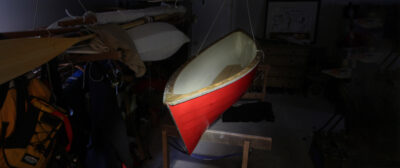
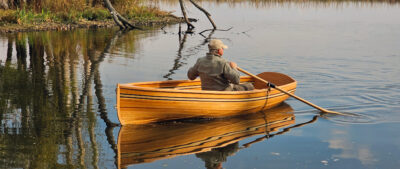
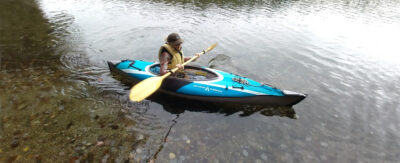
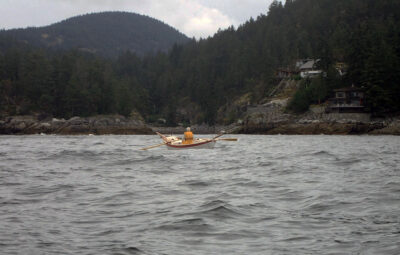
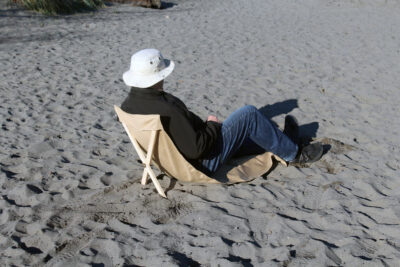
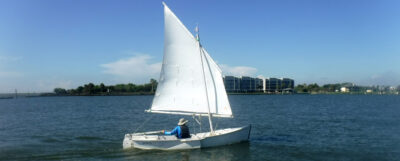
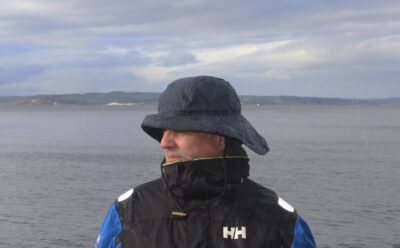
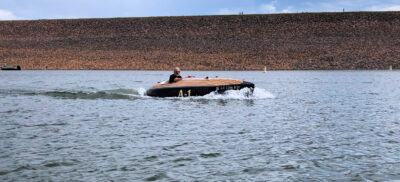
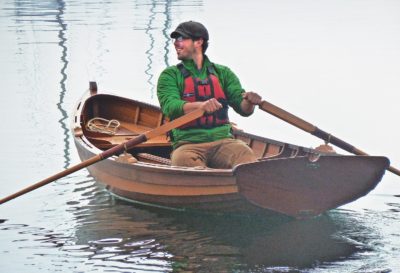
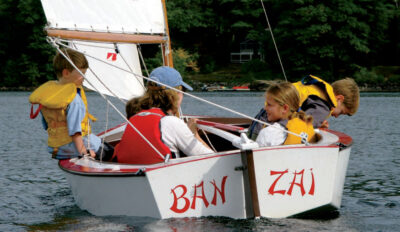
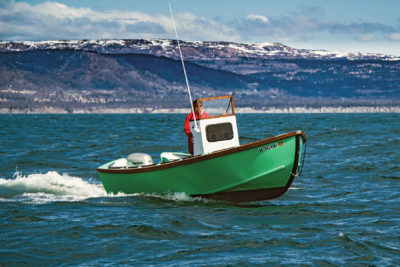

Thanks for the review. Sounds like a good fit for your situation.
Speaking of fit, any idea on how tall a person that boat might accommodate? That is, how much additional leg room do you have?
I looked at their web site and don’t find any dimensions that would indicate just how much leg-length room there is.
I’ve owned one of these for several years. I’ve been pleased with the overall performance and comfort. I’ve snagged the bottom on a few barnacles from time to time, but only had minor damage.
I bought mine because of the quality of design and construction was the best at the time and because I needed an auxiliary craft for getting ashore that didn’t have to be towed or stored on deck. Since I’ve downsized my boat ownership further, we’ve found that they’re great for stowing in the back of our valiant little Honda and hitting a stream/lake/bay almost anywhere. We often take them along “just in case.”